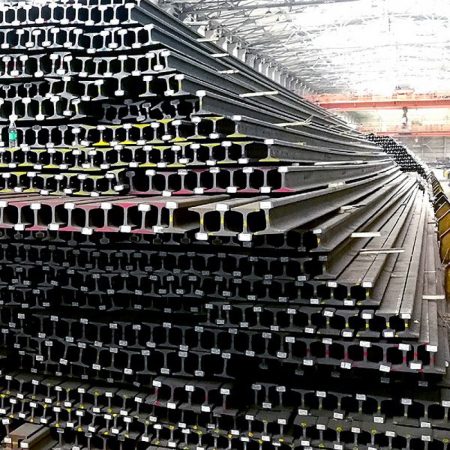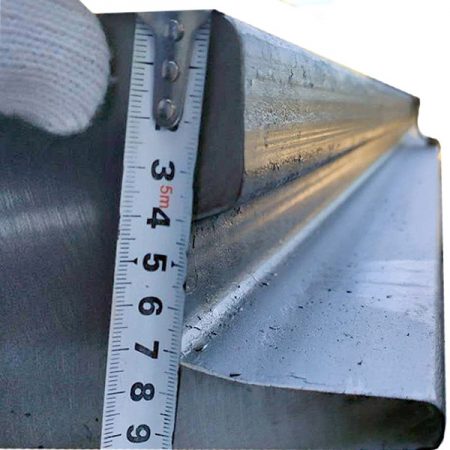ریلوے جنوبی امریکہ میں نقل و حمل کے بنیادی ڈھانچے کا ایک اہم جزو ہے, سامان کی موثر اور محفوظ نقل و حرکت کو ممکن بنانا, لوگ, اور پورے خطے میں خدمات. پائیدار اور ورسٹائل, سٹیل ریل ایک صدی سے زیادہ عرصے سے ریل کی پٹریوں میں استعمال کی جارہی ہے, playing a significant role in the growth and development of South America.
Many countries in South America have developed a primary reliance on railways for long-distance transportation, with railroad being a core part of this network. Mining and mineral transportation are also heavily reliant on rail systems that utilize steel rails, as they provide the robustness and durability required to carry heavy loads across vast distances. Steel rails are used in urban transportation systems as well, including metro lines and high-speed railways, making them an integral part of daily life in many South American cities.
Brazil boasts the fourth-largest railway system in the world, which seamlessly integrates with the country’s transportation system, connecting different regions and cities. Railway play a vital role in sustaining the operations of this infrastructure, providing heavy-duty support and durability needed for continued success.
In Chile, mining and related industries form the backbone of the country’s economy. The transportation of mining resources and minerals throughout the country is highly dependent on railways that utilize steel rails. These rails provide the strength and reliability necessary to transport heavy loads across great distances. ARA100-A steel rails, with a theoretical weight of 49.88 کلوگرام / میٹر اور لمبائی 12000 ملی میٹر, are mainly used in the South American rail market, originating from China. This type of rail is offered at the CIF price to the Port of Megillones in Chile or the Port of Valparaiso in Chile, and is commonly used within Chile’s mining and mineral transportation infrastructure.
The demand for steel rails in South America is varied, depending on the technical characteristics required for specific transportation infrastructure projects. For instance, 60ای 1 (یو آئی سی 60) rails are a popular choice for heavy transport systems like railway tracks, subway lines, and high-speed railways. Their theoretical weight stands at 60.21 کلوگرام فی میٹر, and their length is 12000 ملی میٹر. These rails are mostly sourced from China and delivered to the Port of Elius (Bahia Oblast) or the nearest port.
TR 68 (136 دوبارہ) type rails, originating from China, have a minimum hardness of 310 ایچ بی, a theoretical weight of 67.50 کلو/میٹر, and a length of 12000 ملی میٹر. The Santos port in Brazil serves as the delivery point for these rails, which are used extensively in the largest economy of South America and its transport infrastructure.
The theoretical weight of the 100RE steel rail is 50.35 کلو/میٹر, لمبائی کے ساتھ 12000 ملی میٹر. With a mass of 900A, it is widely used in mining and mineral transportation in Chile.
Despite facing several challenges like political instability, economic slowdown, and the impact of COVID-19, the South American railway market continues to remain resilient. Ongoing and expected infrastructure projects in the region will further increase the demand for steel rails. اضافی طور پہ, steel rails will continue to play a crucial role in the economic development of the region as an essential component of transportation, mining, and mineral infrastructure.






